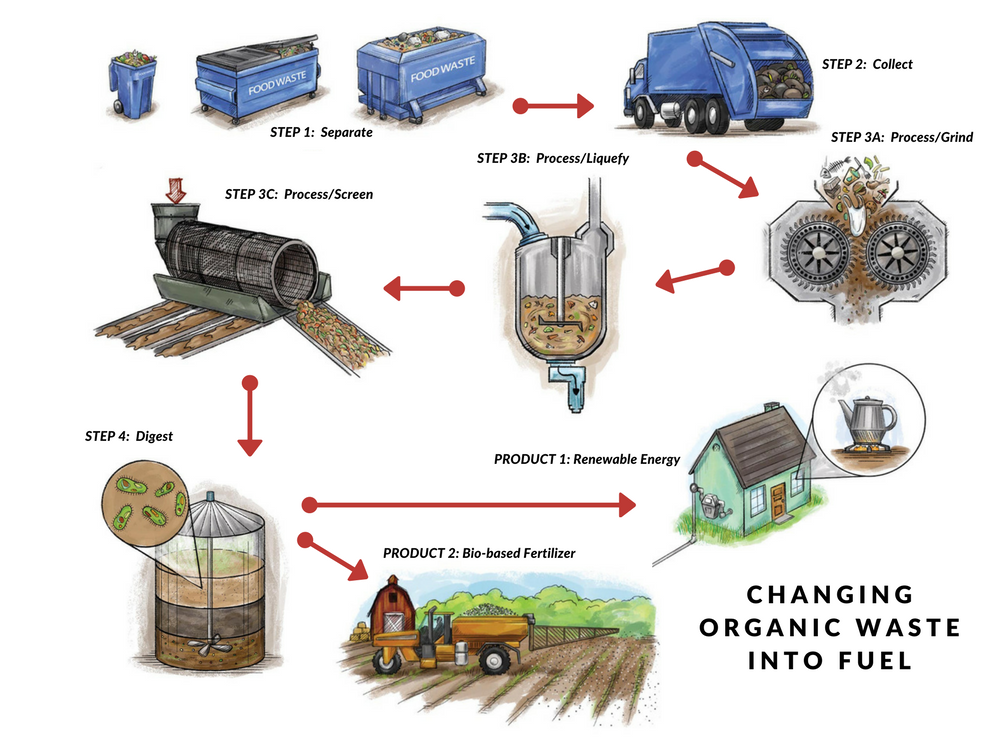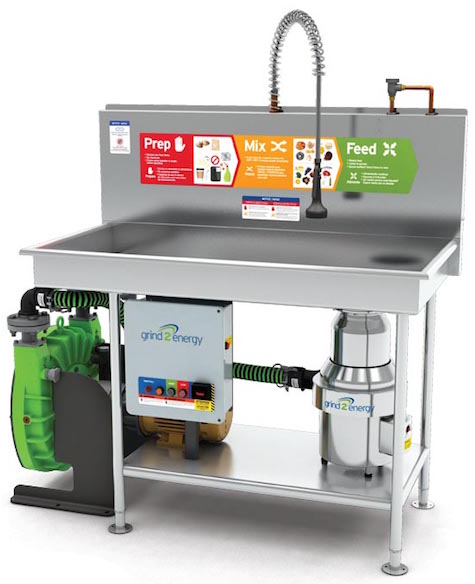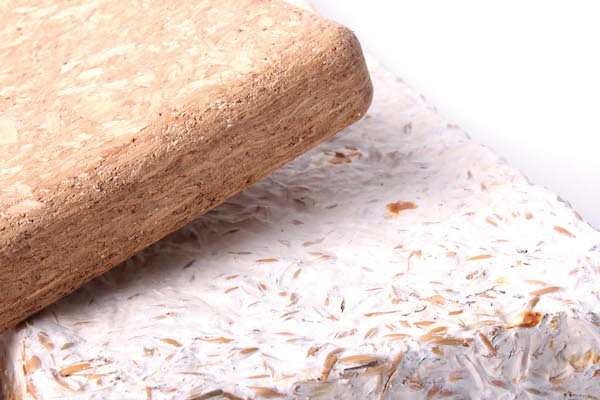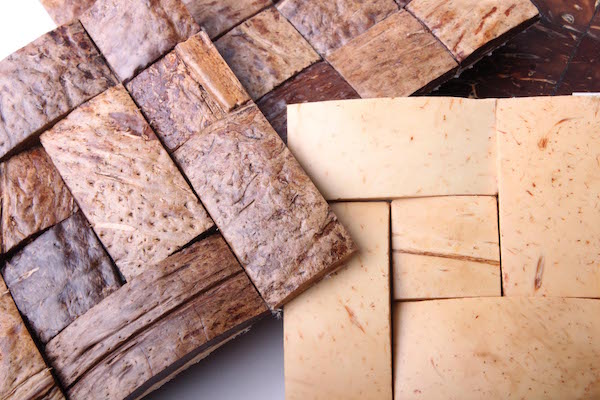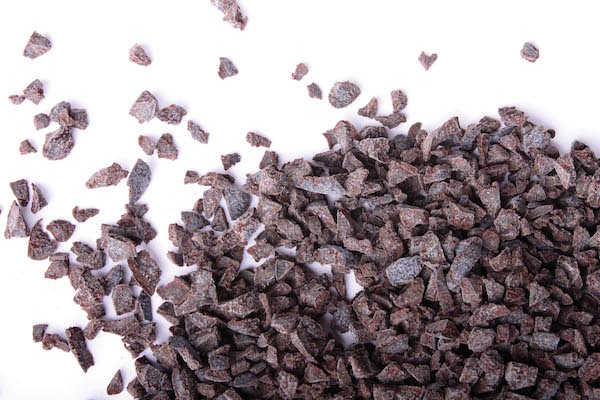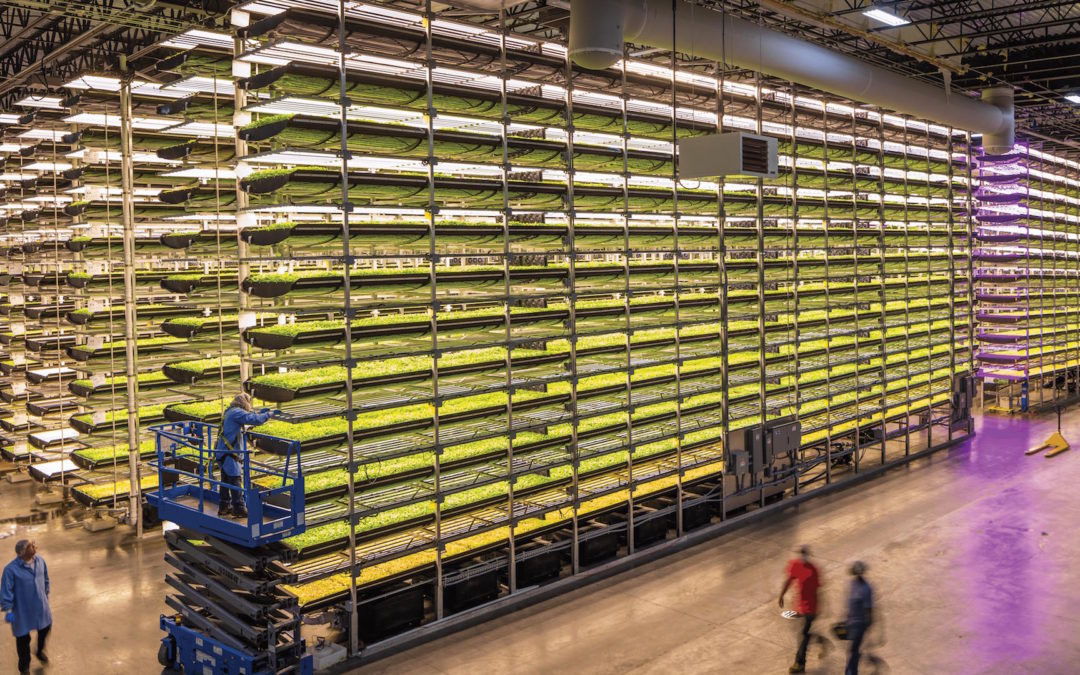
Urban Agriculture: Can it Feed Our Cities?
From rooftop gardens and indoor vertical farms to community plots and edible landscapes, urban agriculture is on the rise. As more of the world’s population resides in cities, city farming is touted as a sustainable solution. But are there enough rooftops to make it work?
New Jersey has been known since the late 19th century as the Garden State. But today its 12th largest city, Camden, is anything but lush and green. It is the country’s poorest city — an astonishing 42 percent of the population lives below the poverty line — and one of the country’s most dangerous. A recent Rolling Stone profile of the city began: “The first thing you notice about Camden, New Jersey, is that pretty much everyone you talk to has just gotten his or her ass kicked.”
And yet.
A small food economy is blossoming in Camden. AeroFarms, an indoor agriculture firm, plans to break ground as early as this year on a 78,000-square-foot vertical farm that would grow 12 stories of red-leaf lettuce, kale, bok choy and more.
Meanwhile, more than 100 of the city’s thousands of vacant lots have been transformed into community gardens. In 2009, at the dawn of enthusiasm for urban farming and during the last available year data were collected, gardeners at 44 sites harvested almost 31,000 pounds of vegetables. Had it not been an unusually wet and cold summer, it might have been more.
It’s all very inspiring: Whizz-bang technology that offers healthier food and much-needed jobs. Communities taking charge of their food destiny in a place that the almighty market has neglected. (Camden, population 77,000, has just one supermarket within its city limits.) But it’s not only struggling cities that see the promise of urban farming.
Urban agriculture — which by definition includes indoor farms, rooftop and backyard gardens, community plots and edible landscapes — is often hailed as a solution to daunting global challenges. It addresses climate change by allowing food to be grown close to home, rather than hauled thousands of miles. It could affect obesity and chronic disease by making healthy options more available. And urban farming could help feed a quickly growing world population, because many of the predicted 9 billion people on the planet (by 2050) are increasingly headed to cities.
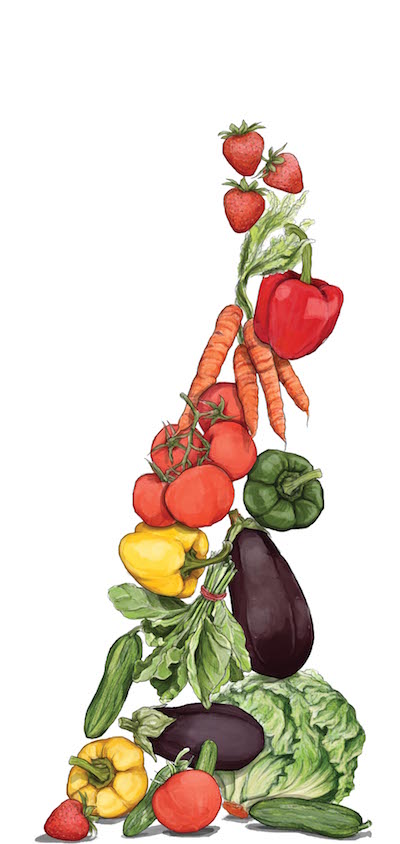
SUSTAINABLE SOLUTION?
But can urban farming sustainably feed cities? A close look under the agri-hood suggests that it’s a lot more complicated than advertised.
For starters, let’s examine the history. The Industrial Revolution quickly and dramatically severed ties between consumers and the farmers who grew their food. Efficient train networks transported food more rapidly, from farther away, and more people moved away from rural areas to cities for work in factories. Since then, there have been regular waves of enthusiasm for urban gardening in the West, motivated by social reformers, who made a moral connection between the land and healthy living, or by the innate human desire for self-sufficiency.
To wit: One of the Salvation Army’s first initiatives in late 19th-century London was “farm colonies” designed to help city folks feed themselves. Beginning in the 20th century, Israel’s early Zionists created thousands of small urban farms. But the only examples of urban farming feeding substantial numbers of people occur when there is little other choice.
In Israel, urban farms soon gave way to rural kibbutzim (collectives based around agriculture). The United States saw Americans plant more than 5 million household plots during World War I and 20 million in World War II. Those 1940s victory gardens produced 9 million pounds of produce each year — what amounted to 44 percent of the U.S. harvest. (Read more about how people cope with food shortages during wartime in our story about rations.) But when the war ended, citizens largely abandoned their gardens and returned to the convenience of shopping at the supermarket.
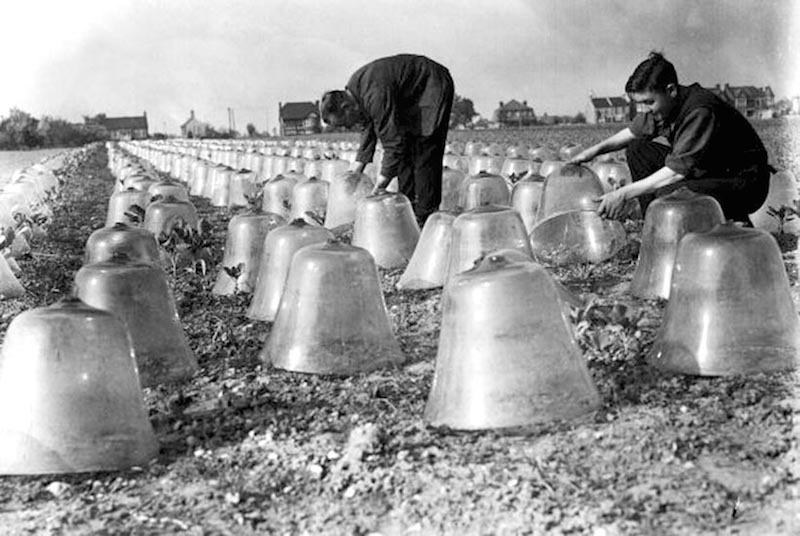
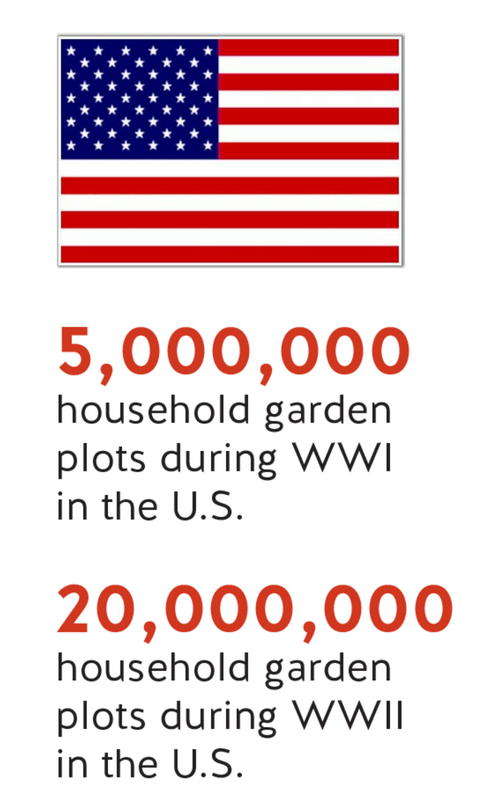
HIGH-TECH FARMING
Proponents of urban farming say this time could be different. Besides the global challenges of climate change and population, there is wide consumer demand for locally grown food. Moreover, technology that makes urban farming more productive and more sustainable could tip the balance. The technologies include lightweight beds that can be stacked, efficient LED lights and hydroponics and aeroponics, by which plants grow without soil and fed a calculated diet of nutrients by water circulating beneath them.
“By some estimates, we will need 50 percent more food by 2050,” says David Rosenberg, CEO of AeroFarms. “We need transformational changes. Vertical farming does more with less.”
A decade ago, not even one of these so-called vertical farms existed. Today, there are dozens of them — one in Singapore, one in a former bomb shelter in London and one in Japan, built by researchers to provide safe food after the devastating Fukushima earthquake in 2011. That farm, formerly a semiconductor factory, now produces 10,000 heads of lettuce per day.
AeroFarms operates nine vertical farms. Its largest, in Newark, 90 miles northeast of Camden, produces 2 million pounds of leafy greens each year. The 70,000-square-foot complex is a poster child for futuristic farming. Inside, so-called grow tables are stacked 12 levels high and enveloped by a glow of pink LED light. (Plants, it turns out, require little from the yellow part of the light spectrum, which requires greater amounts of power to produce.)
Rosenberg sees AeroFarms less as an agricultural producer than as a data-science company, delving into the intersection of plant biology and engineering with the goal of controlling every aspect of growing and maximizing efficiency.
“We take data on plants and understand what makes them grow,” he explains. “You can’t do it this way in the field. There are too many unknowns.”
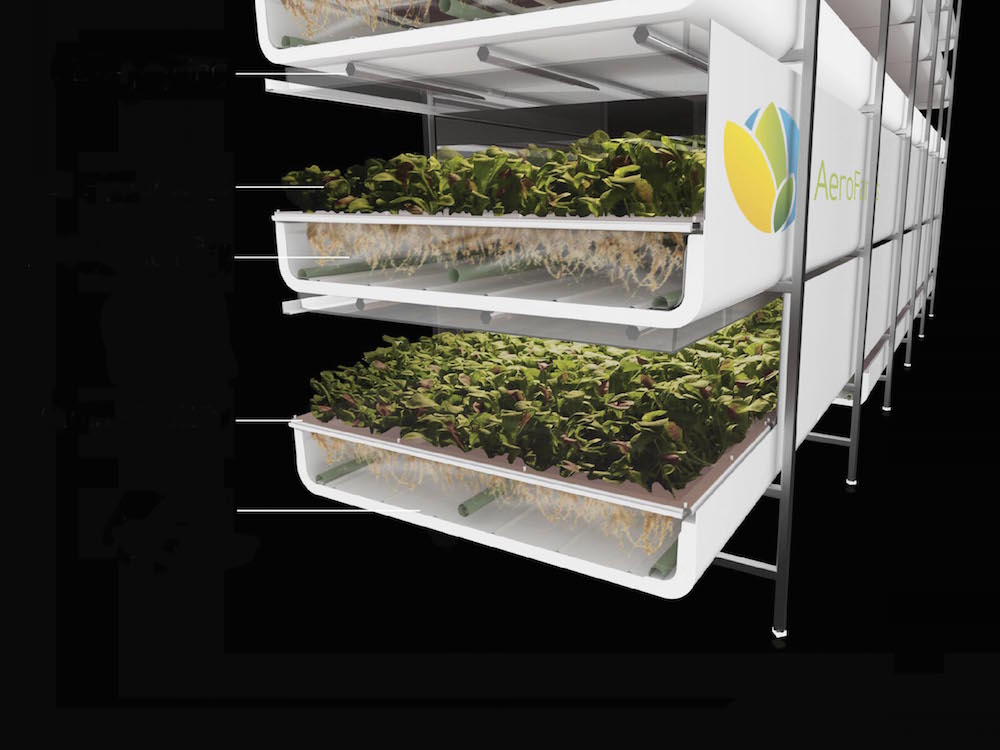
RESOURCE CONSERVATION: PROS AND CONS
The biggest boon of vertical growing may be water conservation. Drive through California’s Salinas Valley, where the vast majority of America’s salad greens are grown, and you’ll see hundreds of sprinklers shooting great arcs of water across the fields. Some of that is used by the plants, but much is lost to evaporation and runoff.
In contrast, hydroponic and aeroponic systems give the plants only the water they need, and it is recirculated through the system. On average, indoor farms and greenhouses use at least 70 percent less water than traditionally farmed lettuce in California.
There are other benefits, too. The produce doesn’t have to travel — unlike the lettuces that journey as far as 2,800 miles if they are shipped from coast to coast. This all but eliminates the greenhouse-gas emissions associated with transport, though those are only a fraction of the total associated with producing food. (Read more about greenhouse gases tied to food waste in our feature on page 18.) And because they are fresher, the greens last longer in consumers’ refrigerators, which means less lettuce thrown away because it’s gone bad before it could be eaten.
No wonder vertical farms are catnip to technology investors looking for the next big disruptor. According to AgFunder, in 2016 funders poured $126 million into indoor agriculture- related startups (including things like lighting and software). But critics say that the environmental benefits of indoor farms don’t add up.
For one, to grow even a fraction of the fruits and vegetables needed to feed cities would take vast amounts of space. According to one analysis, it would require a 150-foot-by-150-foot, 37-story building to provide the vegetables for a city of just 15,000. This would cost $250 million to build and $7 million in electricity to run annually.
Indoor farms also fail to take advantage of a free and renewable source of energy: the sun. “If you’re not taking advantage of the sunlight, then the process will inherently involve excess energy consumption and carbon emissions,” says Stan Cox, a researcher at the Land Institute in Salinas, Kansas.
Substituting electricity for sunlight is costly. Using current technology, the equation just about works out for leafy greens, which are 90 to 95 percent water and don’t require as much light to grow. But do the math on denser fruits and vegetables or other crops — carrots, potatoes or wheat — and the amount of power required to grow them soars. According to Cox, it takes about 1,200 kilowatt-hours of electricity for each kilogram of edible matter (excluding the water stored inside). Or to put it another way: You need the same amount of electricity to grow one kilogram of tomatoes as you do to run your home refrigerator for an entire year.
“The claim of indoor farming is that we can spare the land by getting rid of industrial farming,” Cox says. “But of course, this vision uses more industrial inputs than anything done on the landscape.”
AeroFarms’ Rosenberg counters that lighting technology is getting ever more efficient. And though he concedes that indoor farming may look industrial, it addresses major challenges including the depletion of arable land, water pollution and conservation: “We don’t use soil. We don’t use pesticides. We use a fraction of the water that field farms do. We have a much softer footprint.”
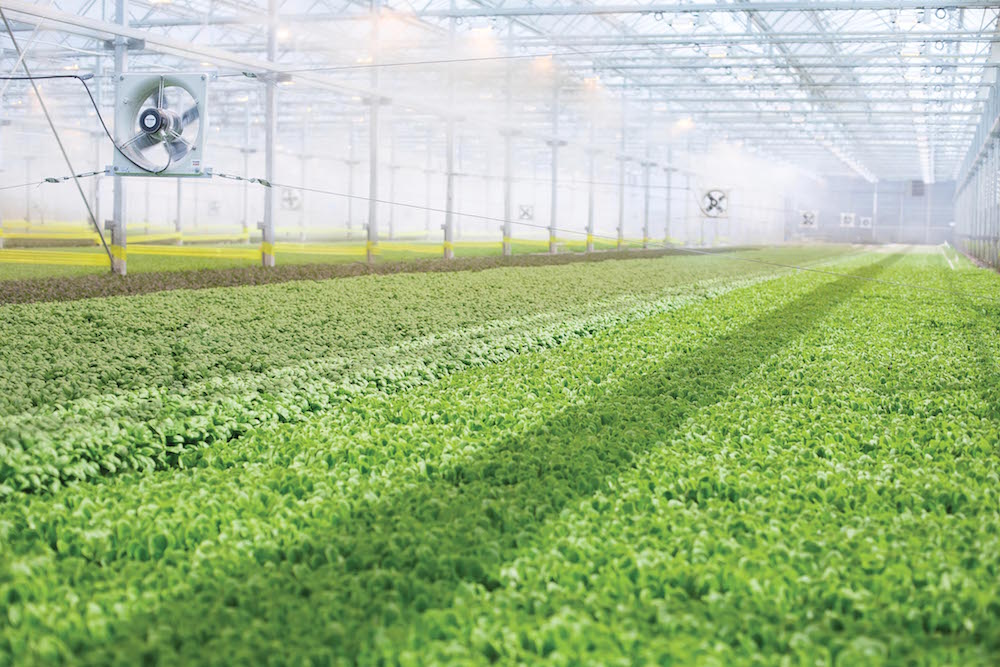
GREENHOUSE GROWING
An even softer footprint comes from other types of commercial urban and peri-urban farms that use greenhouses. Take BrightFarms, which operates three commercial greenhouses and sells directly to grocery stores in seven states and the District of Columbia.
BrightFarms uses hydroponics, which means that trays of greens grow atop vast ponds. But rather than place its farms in cities, where land is generally more limited (and much more expensive), it locates its greenhouses just outside of urban areas. With more space, it is not necessary to stack plants to turn a profit. The use of hydroponics also means that the farms can be, well, horizontal — and take advantage of (free) sunlight.
Today, the crops that make commercial sense for hydroponic farming are greens and tomatoes, says BrightFarms CEO Paul Lightfoot. Both crops travel long distances, unless you live on the West Coast. Both too are highly perishable and sell for a premium price. And, as anyone who has eaten a winter tomato knows, these crops benefit from being grown closer to home.
One day, Lightfoot hopes that BrightFarms will expand to other crops that meet the same criteria: strawberries, peppers and cucumbers. But there are limits to what he can produce. BrightFarms, he says, will never be able to compete on a crop like apples, which grow in many geographic areas, store well and travels easily. They will always be cheaper and more sustainably grown in the field.
Hydroponics
A method of growing plants without soil, using mineral nutrient solutions in a water solvent. Nutrients may be delivered a variety of ways, including fish waste, duck manure or a fertilizer containing key macronutrients.
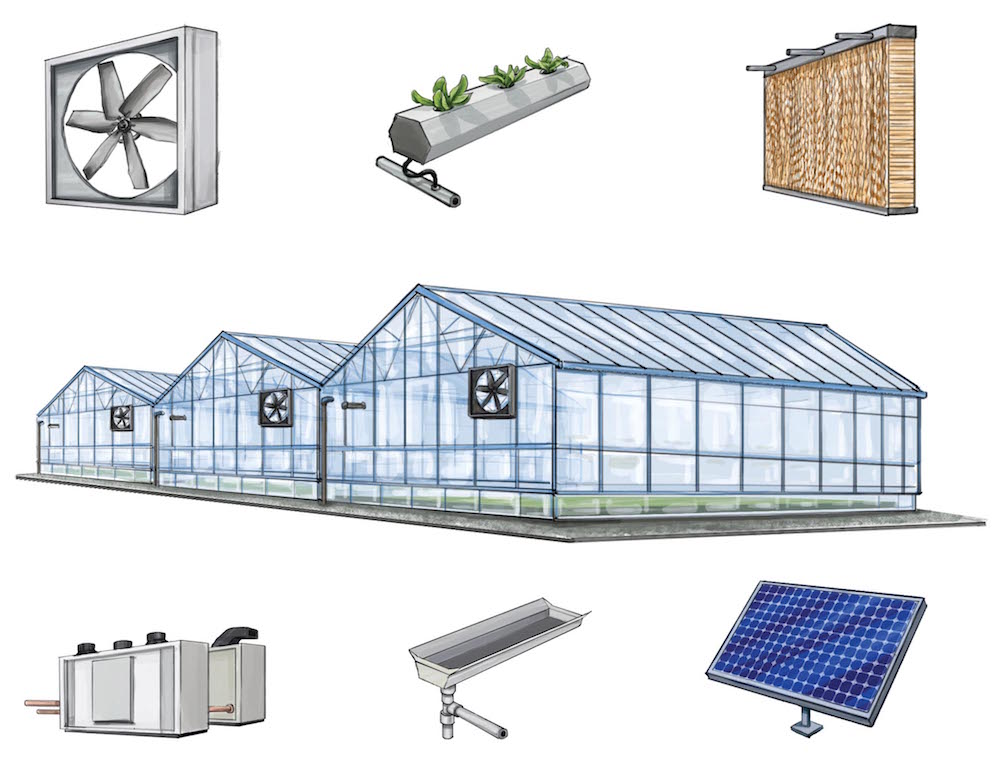
CLOSING THE GAP
Commercial farms, of course, do not have to produce everything. Could community, rooftop and backyard gardens make up the difference? According to a 2016 report from the Johns Hopkins Center for a Livable Future, the answer is no. While a significant proportion of fresh produce needs could theoretically be met in some places, it would only work in those locations if urban farms are widely implemented and focus on intensive forms of production such as rooftop gardens.
To feed Cleveland, for example, 80 percent of every vacant lot (of which there are many), 62 percent of industrial and commercial rooftops, and 9 percent of every occupied residential lot would have to be put into food production. Those are daunting numbers before you even consider practical constraints such as property values, infrastructure limitations and zoning regulations.
Urban agriculture’s limits do not make it a failure. Community, rooftop and backyard gardens make significant impacts in the lives of the people who tend them, and give poor communities like Camden access to fresh, free food.
Dominic Vitiello, a professor of city planning and urban studies at the University of Pennsylvania who has studied urban farming in cities including Camden, concludes that in the United States, perhaps urban farming’s greatest potential is to effect “inside-out” community revitalization. Urban farming offers opportunities for social enterprise and supplemental income for low-income families. It also helps to build and sustain vital social networks that go unmeasured by traditional economic-development research.
In other words, urban farming may not feed a city like Camden. But its gardens can help rejuvenate the city and make it a worthy representative of the Garden State.

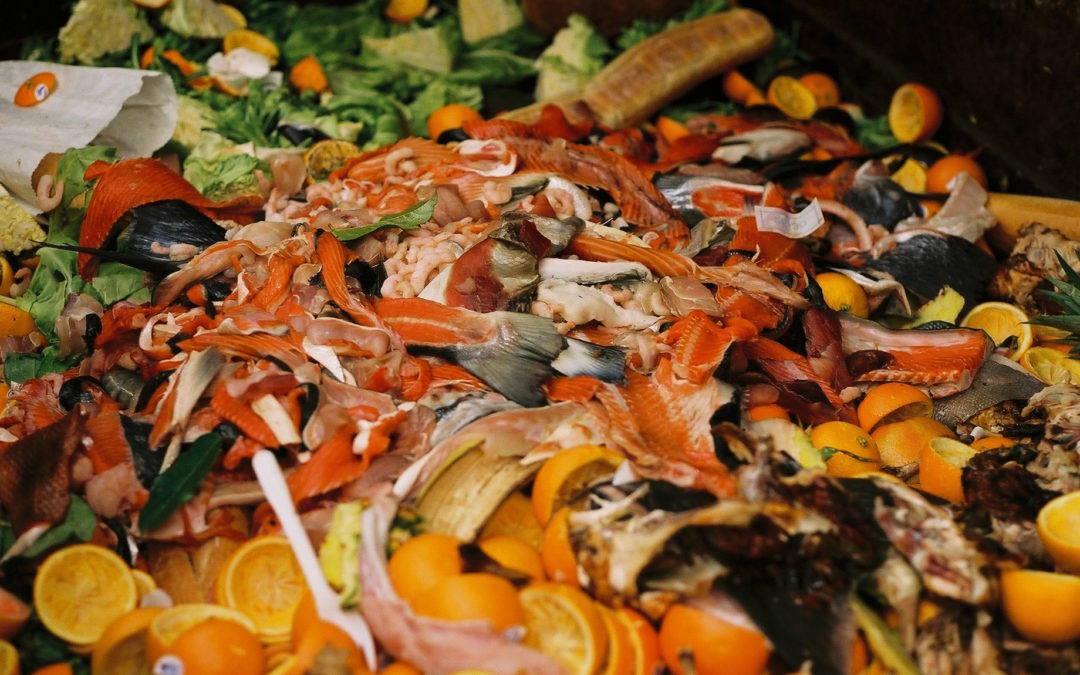


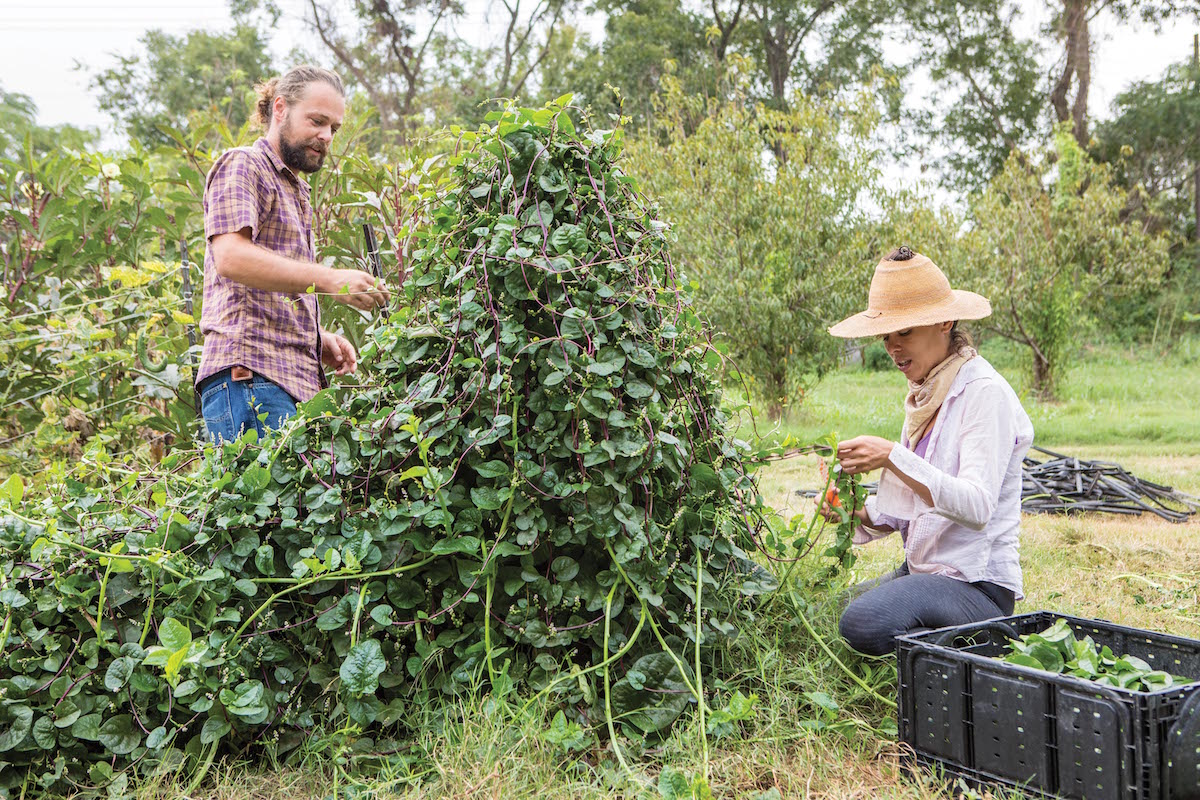




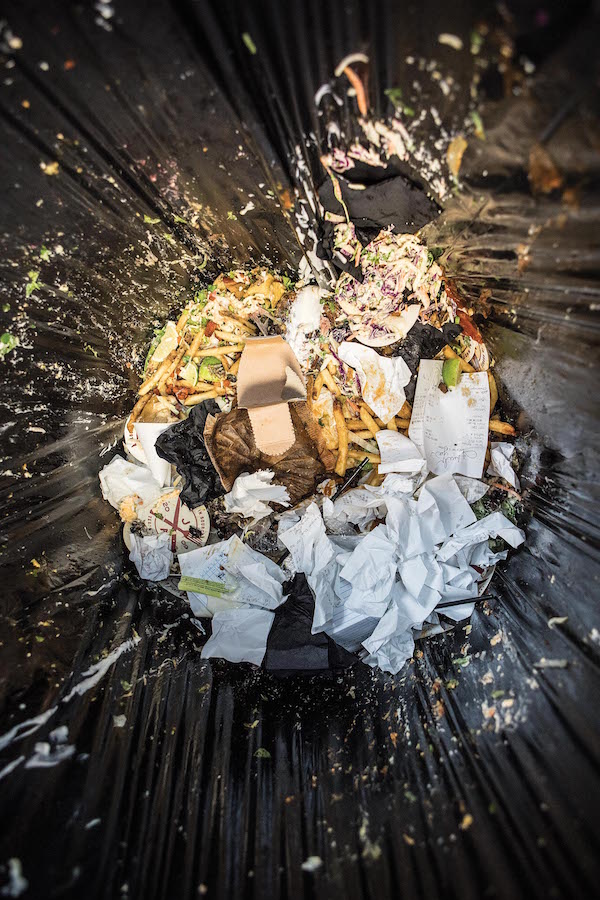
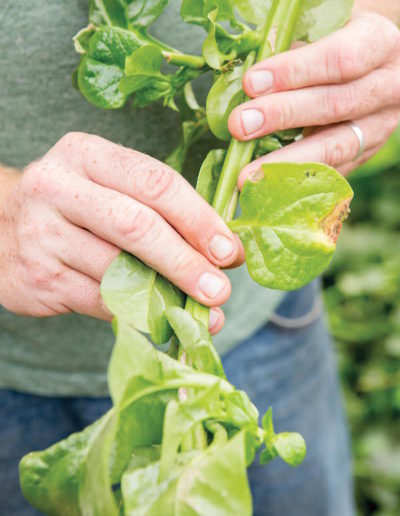
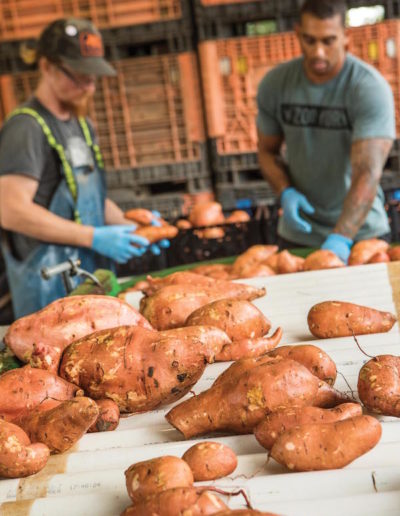



 Keep up with the latest in food repurposing and follow Claire Cummings on Twitter
Keep up with the latest in food repurposing and follow Claire Cummings on Twitter 